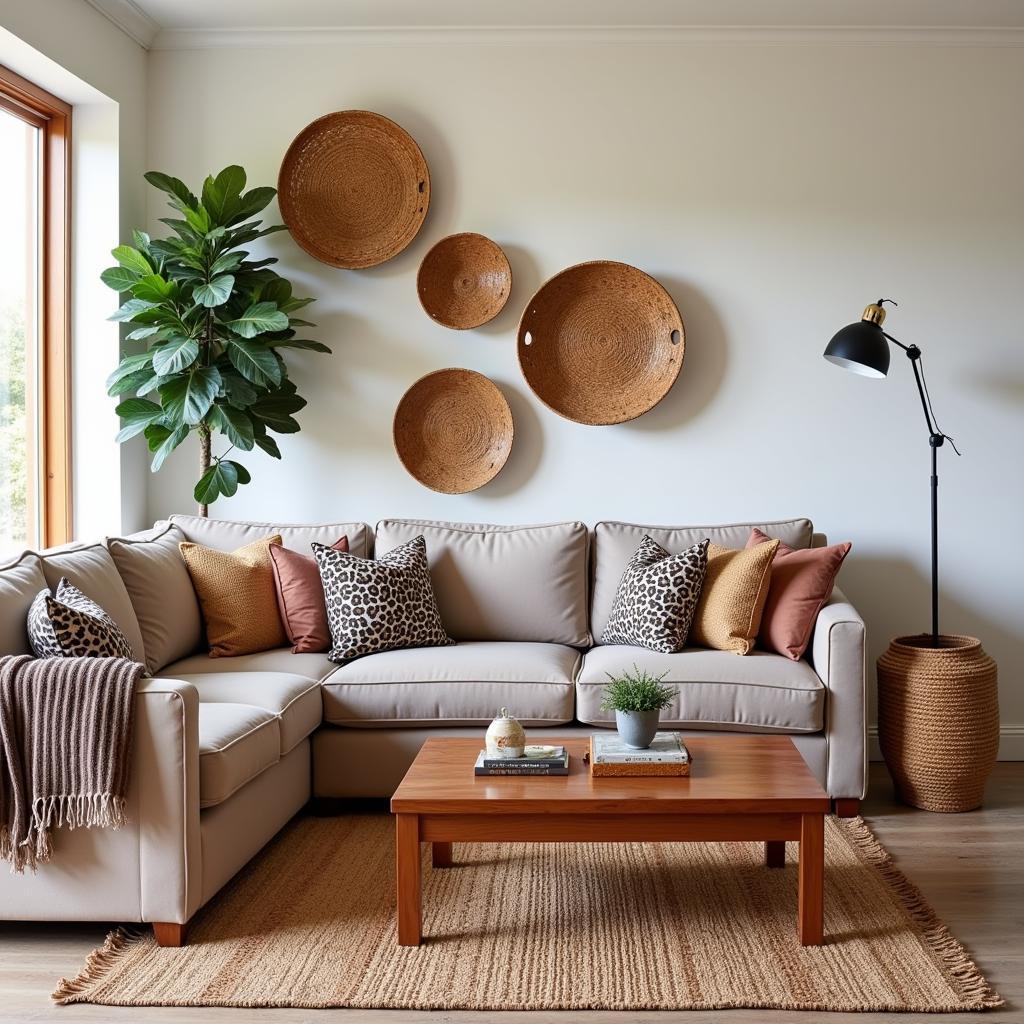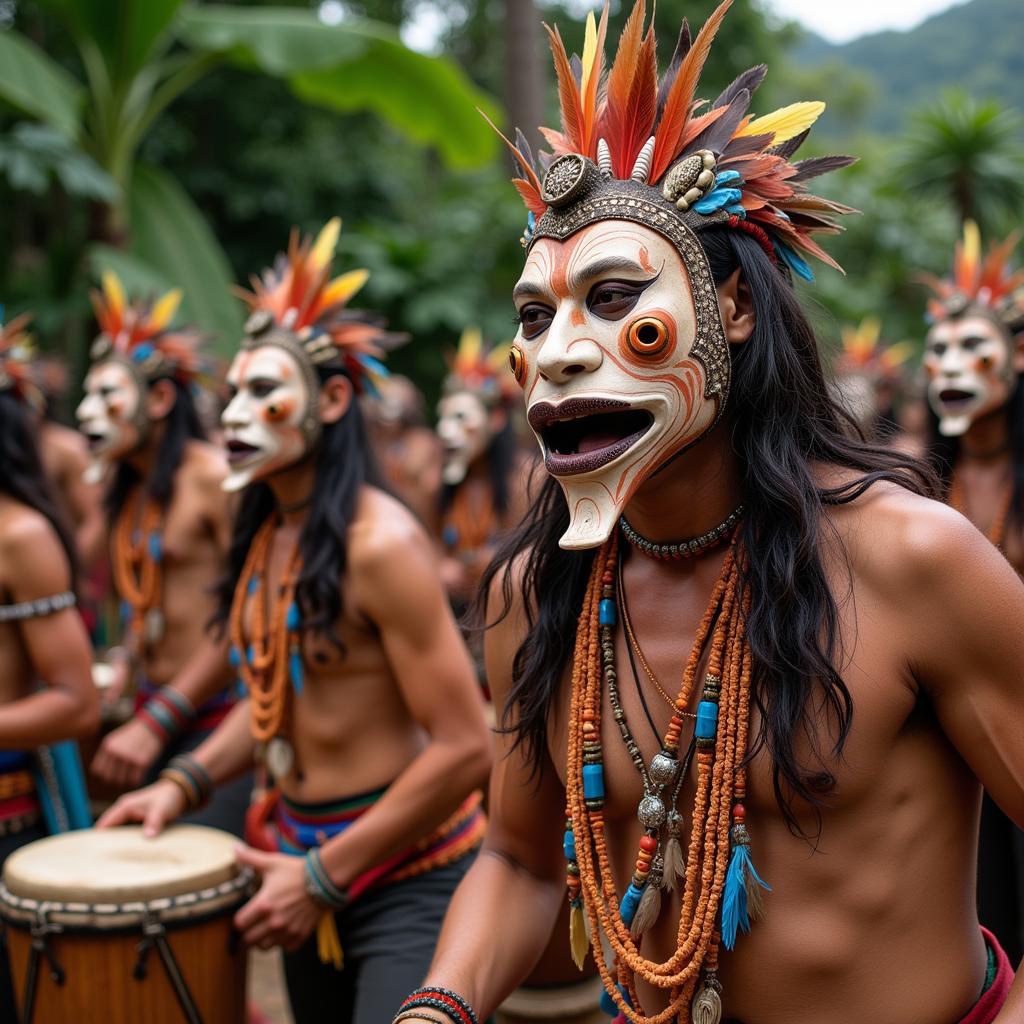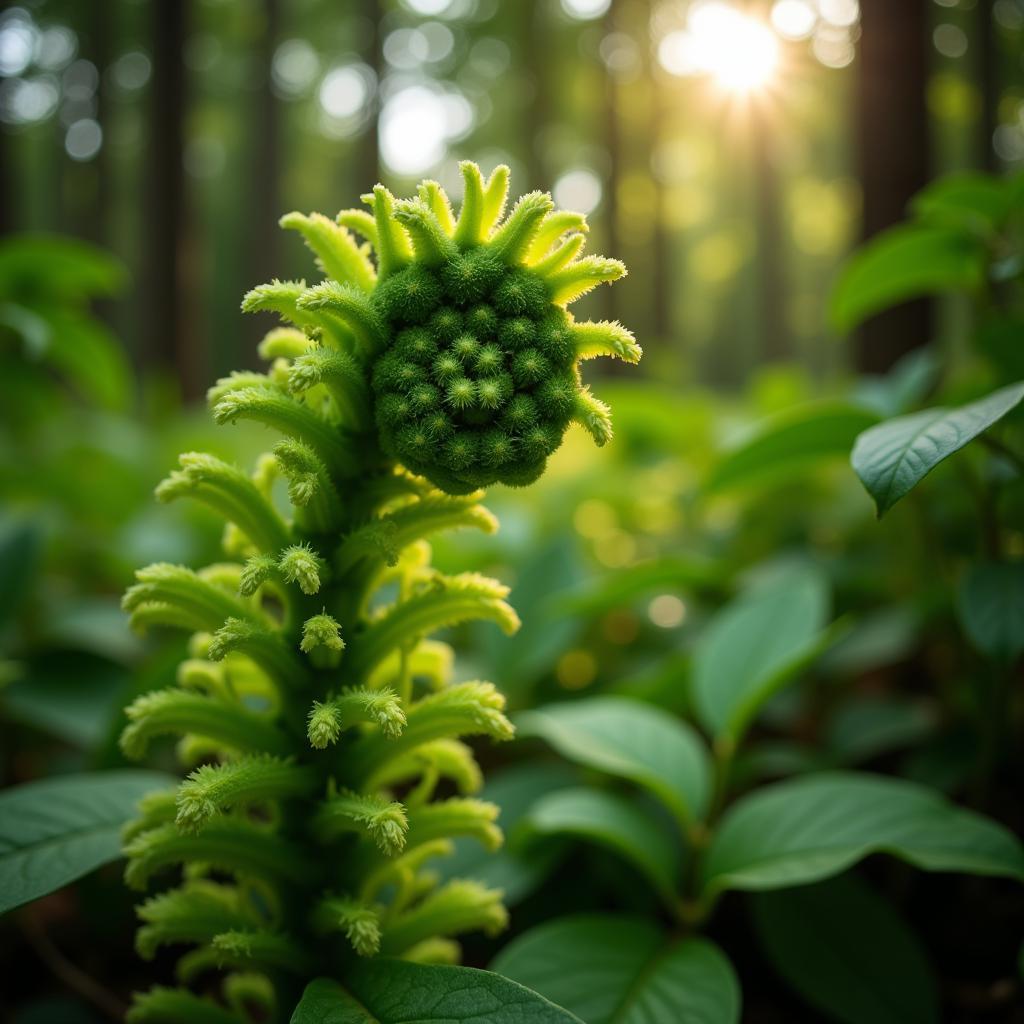Exploring the Rich Tapestry of African Background Textures
The term “African Background Texture” evokes a sense of vibrant colors, intricate patterns, and a deep connection to the African continent’s rich cultural heritage. From the earthy hues of woven textiles to the geometric designs adorning ancient structures, African textures tell a story of creativity, tradition, and a profound connection to the natural world.
Unveiling the Diversity of African Textures
Africa is not a monolith, and neither are its textures. Each region boasts a unique artistic vocabulary, influenced by its history, environment, and cultural practices.
The Allure of Textiles:
- West Africa: Known for its bold and colorful fabrics like kente cloth from Ghana and aso oke from Nigeria, often featuring intricate geometric patterns and symbolic motifs.
- East Africa: Features the iconic kanga cloth, adorned with vibrant colors, intricate borders, and Swahili proverbs, reflecting the region’s rich oral tradition.
- North Africa: Showcases the beauty of Berber rugs, handwoven by nomadic communities with abstract designs and warm, earthy tones, reflecting their desert surroundings.
Beyond Textiles:
- Architecture: From the mud-brick mosques of Mali with their elaborate geometric designs to the rock-hewn churches of Ethiopia, African architecture showcases unique textures that blend seamlessly with the environment.
- Nature: The African landscape itself provides a wealth of textures, from the rough bark of baobab trees to the smooth, polished surfaces of stones sculpted by wind and time.
The Significance of African Background Textures
These textures are not merely decorative; they hold deep cultural and spiritual significance.
- Storytelling: Many patterns and motifs convey stories of ancestors, myths, and cultural beliefs, passed down through generations.
- Social Status: Textiles, particularly in West Africa, often signify social standing, with certain patterns and colors reserved for royalty or specific occasions.
- Connection to Nature: The use of natural materials and motifs reflects a deep respect for the environment and the rhythms of the natural world.
African Textures in Contemporary Design
Today, African background textures are experiencing a resurgence of interest, inspiring designers across various fields:
- Fashion: From high-end runways to everyday wear, African prints and patterns add a vibrant and unique touch.
- Interior Design: African-inspired textiles, furniture, and decorative elements bring warmth, character, and a touch of the exotic to homes.
- Graphic Design: The bold colors and geometric patterns of Africa lend themselves well to digital media, branding, and website design.
 African-Inspired Interior Design
African-Inspired Interior Design
Finding and Utilizing African Background Textures
- Travel: The best way to experience the richness of African textures is to visit the continent and immerse yourself in the local culture.
- Ethical Sourcing: When purchasing African textiles or crafts, ensure you are supporting ethical and sustainable practices that benefit local communities.
- Respectful Use: It’s crucial to approach the use of African textures with respect and understanding, avoiding cultural appropriation and honoring the traditions behind them.
Conclusion:
African background textures offer a captivating glimpse into the continent’s rich artistic heritage. They are a testament to the creativity, resilience, and deep cultural connections of the African people. By appreciating and understanding the stories woven into these textures, we can gain a deeper appreciation for the beauty and diversity of African culture.
Frequently Asked Questions:
1. What makes African textiles unique?
African textiles are known for their vibrant colors, intricate patterns, and use of natural materials. They often carry cultural significance, representing stories, beliefs, and social status.
2. Where can I find authentic African textiles and crafts?
It’s best to support ethical businesses and artisans directly. You can find them online, in fair-trade shops, and, of course, while traveling in Africa.
3. How can I incorporate African textures into my home décor?
Start small with textiles like throw pillows or wall hangings. You can also incorporate woven baskets, wooden sculptures, or even paint a feature wall with an African-inspired pattern.
4. Are there specific colors or patterns associated with different regions of Africa?
Yes, different regions have their signature styles. For instance, West Africa is known for its bold geometric patterns, while East Africa often features vibrant colors and Swahili proverbs on their fabrics.
5. How can I learn more about the cultural significance of specific African textures?
Research online, visit museums, or read books about African art and culture. Engaging with cultural experts and communities can provide invaluable insights.
Need further assistance? Contact us at +255768904061, email [email protected], or visit us in Mbarali DC Mawindi, Kangaga, Tanzania. Our customer support team is available 24/7. You may also find these articles helpful: african catfish in inda, african cichlid tank decoration ideas.

